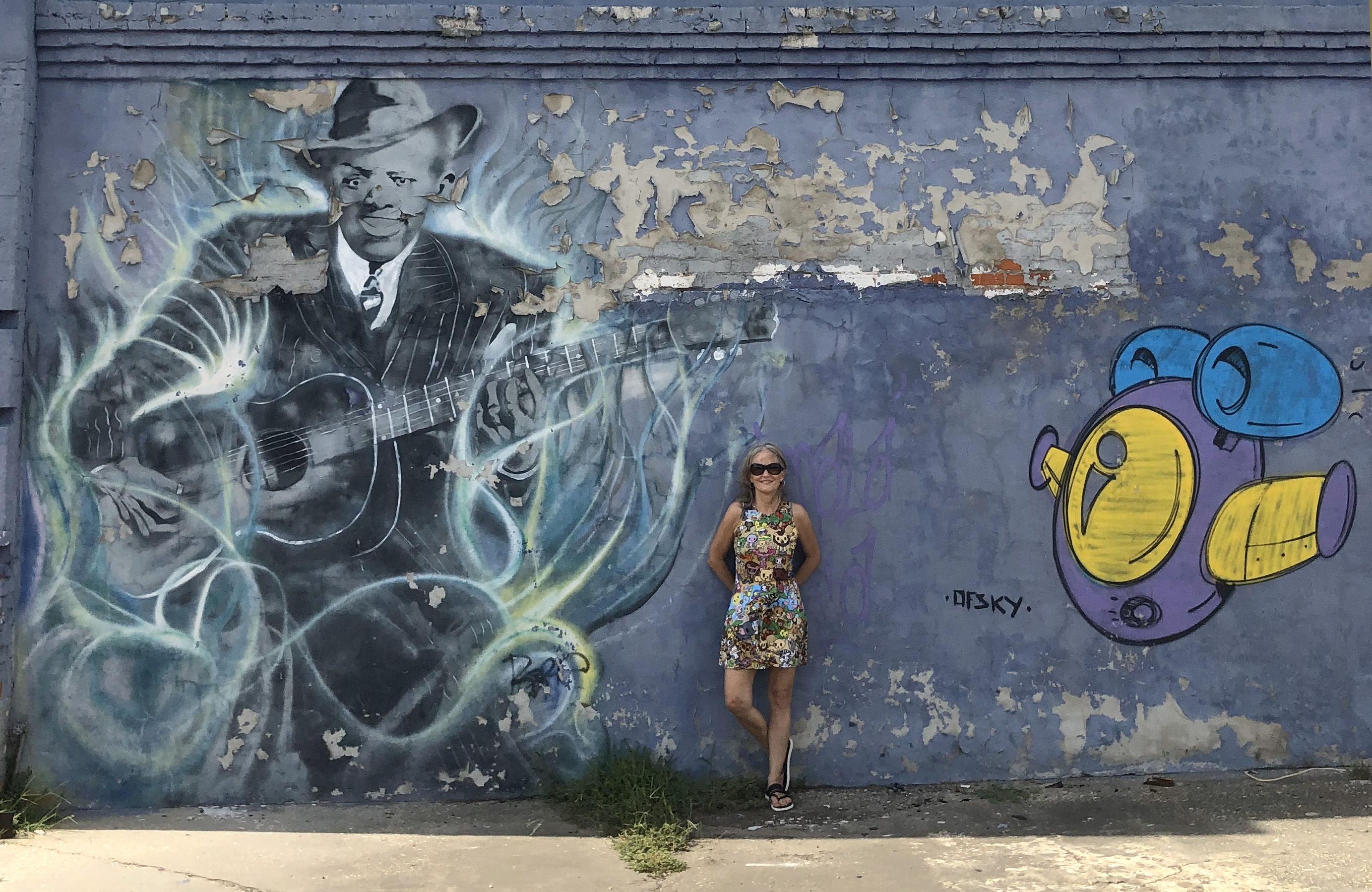
Highlights & Notes
RE: Margaret Mead, Prefigurative Culture, and the Digital Generation
www.linkedin.com
You're one of the first people joining the hub.
You’ll also gain access to ’s Collections, Discussions, Library, and more — and also get recognized for the helpful content you share.
This hub’s main subjects are:
This hub’s personal interest subjects (shared casual interests) are:
Reading you do on these subjects that you save publicly, will be shared with this hub. To edit this / view advanced filtering, click here.
Now your expertise and interests can be recognized, leveraged, and members with similar interests can find you within . You’ll also gain access to ’s Collections, Discussions, Library, and more.
Let’s make this work in a way you’re 100% comfortable with:
Don’t overthink it, you can edit these later.
Choose an avatar for your Hub
Loading...

Highlights & Notes
www.linkedin.com
Get my weekly round-up in your inbox
or browse my full reading stream
subscribe
For the first time in human history, according to anthropologist Margaret Mead (1901-78), youth know more than their elders about the world in which they live. Mead distinguished between postfigurative, configurative, and prefigurative cultures (Mead 1970).
Cultural transmission in postfigurative cultures is predominantly from the elder to the younger members of a society. Postfigurative cultures are strongly past-oriented, and family honoraria and ancestor veneration ("ancestor worship”) often figure prominently.
Configurative cultures, on the other hand, are present-oriented, and cultural transmission is between contemporaries (Mead 1970, 32). Configurative cultures such as the youth culture of the 1960s and '70s, according to Mead, arise when a postfigurative culture breaks down; they are, to Mead, transitional and short-lived.
Mead predicted the evolution of a new kind of culture that she called prefigurative. Prefigurative culture is future-oriented, and cultural transmission is predominantly from the youth to their elders.
I call this new style prefigurative because in this new culture it will be the child—and not the parent and grandparent—that represents what is to come”
The shift to prefigurative culture has been driven by the rapid development of information technology—the so-called Digital Revolution, futurist Alvin Toffler's (1928-2016) Third Wave (Toffler 1980), the post-industrial information age—and exacerbated by what Toffler (1970) called ‘future shock,’ that condition in which the members of a society (often if not generally the older members) feel overwhelmed by rapid social, cultural, and technological change.
The culture of literacy—the book culture—that persisted from the sixteenth century until the twentieth century created an adult monopoly on knowledge insofar as only literate adults had full access to recorded information.
Digital Age; but open-admission information technologies have the potential to foster a prefigurative culture of freely-accessible information in which in a very real way—as Margaret Mead predicted—for the first time in human history, youth know more about the world in which they live than do their elders.
Cultural Strategist & Futurist @ Greeneye.World
Get my weekly round-up in your inbox
or browse my full reading stream

An account already exists with that e-mail.
What you'll get

An account already exists with that e-mail.
Choose your subscription
All-Access
$0USD/month
Something went wrong.
An account already exists with that e-mail.
Choose your subscription
Donate
minimum
$0USD/month
100% goes to , thank you!
The sum you added is less that the required minimum donation.
Something went wrong.

You’re all set. Check your inbox for a confirmation email. If you don’t see it, check your spam and mark it safe.
You’ll get my weekly round-up every Sunday. The best content I came across that week, and a little extra. If you subscribe to any other Readocracy members, you’ll receive our round-ups all together in a single email.
Nice and simple.
-Ann